|
Mycobank Taxonomy: Fungi, Dikarya, Basidiomycota, Agaricomycotina, Agaricomycetes, Agaricales, Mycenaceae, Sarcomyxa I bemoan the appearance of this beautiful mushroom. The colors of the cap are wildly variable, ranging from ochre to olive-brown to steely blue-grey. It's subtended by a cute stumpy stem that is sometimes freckled. The gills are close and have an orangey-yellow color. So why does it bring me sadness? I divide my year in half: six exuberant months of mushrooms and six horrid ones of frigid temperatures, denuded vegetation, and dormant fungi. True to its name, the late fall oyster signifies the end of the mushroom season and the beginning of the long winter hibernation. In the Great Lakes region, you can find Sarcomyxa serotina growing from hardwood logs in late October and November. And, sorry to say it, there won't really be any edible mushrooms popping up again until the end of May. Sarcomyxa serotina is a good representative of the current state of mycology. Even large, fleshy, common mushrooms like this one are in need of taxonomic revision (not to mention the obscure mushrooms and microscopic fungi that make up the majority of Queendom Fungi). S. serotina looks like an oyster mushroom in the genus Pleurotus – indeed, it used to be placed in the oyster mushroom family, Pleurotaceae - but we now know it is more closely related to Mycena than Pleurotus and is placed in Mycenaceae. Around the web and in the literature you will see this fungus referred to as Sarcomyxa serotina and Panellus serotinus (see the above photo of Panellus stipticus, the bioluminescent Panellus and type species for the genus, for an indication why). Molecular data show that Panellus is a hodgepodge in need of taxonomic revision, but there is still no consensus on whether Sarcomyxa is the best genus for this fungus. Beyond the esoteric discipline of mushroom name calling, Sarcomyxa serotina may actually represent multiple species. In 2003, Dai et al. discovered that the Asian Sarcomyxa serotina was a distinct species from the European type. They realized this after eating S. serotina in Finland and noting that it was bitter and unpleasant compared to late fall oysters in Asia (called mukitake), which are widely eaten and highly acclaimed. Fittingly, they named the new species Sarcomyxa edulis. The few times I have eaten late fall oyster, they have either been terribly bitter and therefore inedible or only slightly bitter and quite delicious. If bitterness is indeed an indicator of species, both S. serotina and S. edulis may be present in the United States, or the continent may have its own unique species. Despite there being over 500 iNaturalist observations of S. serotina from the United States, only a single specimen has been sequenced! This is what I mean - mycologists have a lot of work ahead of them, and we desperately need your help as a citizen scientist! The late fall oysters that I ate for this post were, fortunately, the delicious kind. They paired very well with stump puffballs, Lycoperdon pyriforme, in a pasta dish with broccolini and gomaae-style spinach. ReferencesDai, Y.-C., Niemelä, T., & Qin, G.-F. (2003). A new pleurotoid species Panellus edulis. Annals Botanici Fennici, 40(2), 107–112. Online Resources
0 Comments
Your comment will be posted after it is approved.
Leave a Reply. |
PermalinksProject Introduction Top EdiblesHericium coralloides
Laetiporus sulphureus Morchella americana Polyporus umbellatus Suillus ampliporus Archives
April 2023
Categories |
|
|
Terms of Use, Liability Waiver, and Licensing
The material on aldendirks.com is presented for general informational and educational purposes only, and under no circumstances is to be considered a substitute for identification of an actual biological specimen by a person qualified to make that judgment. Some fungi are poisonous; please be cautious. All images on this website are licensed under Attribution-NonCommercial-NoDerivatives 4.0 International (CC BY-NC-ND 4.0). |
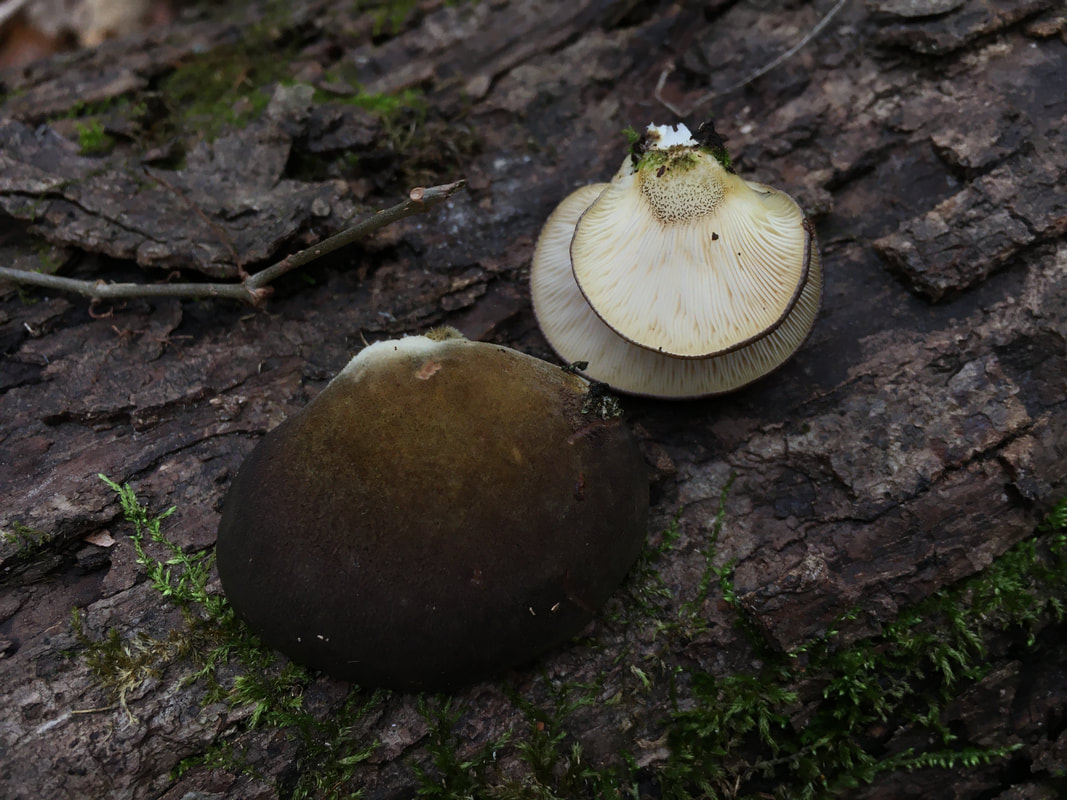
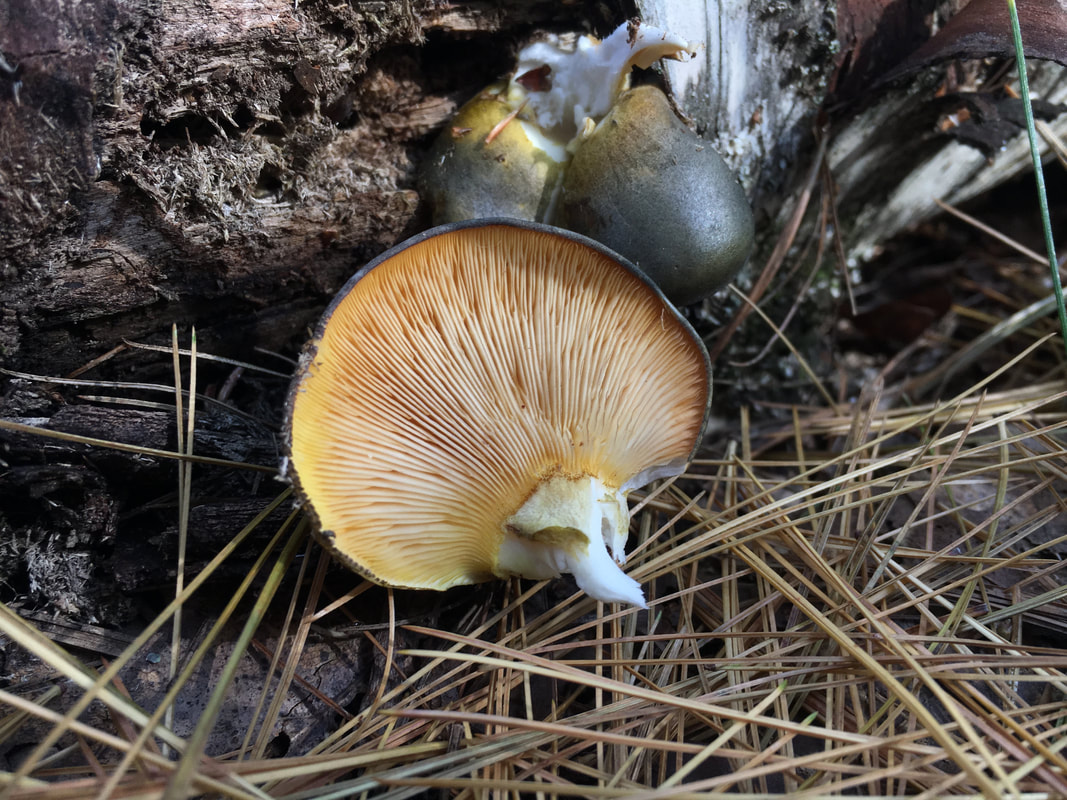
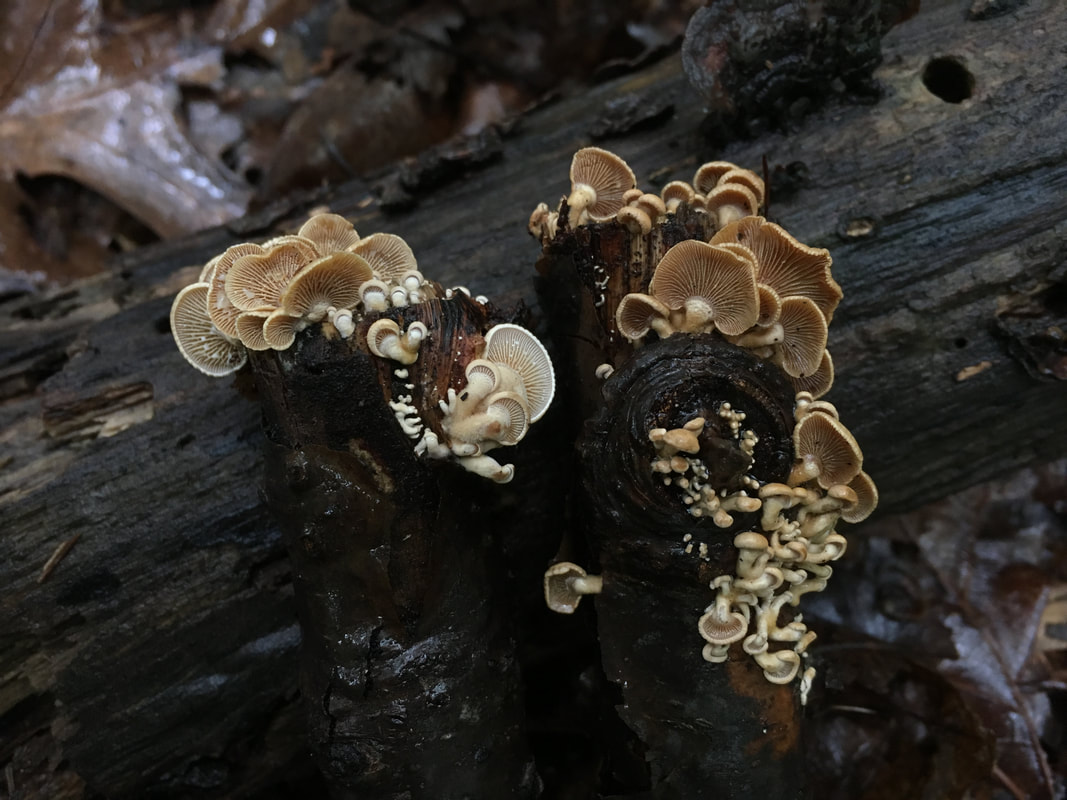
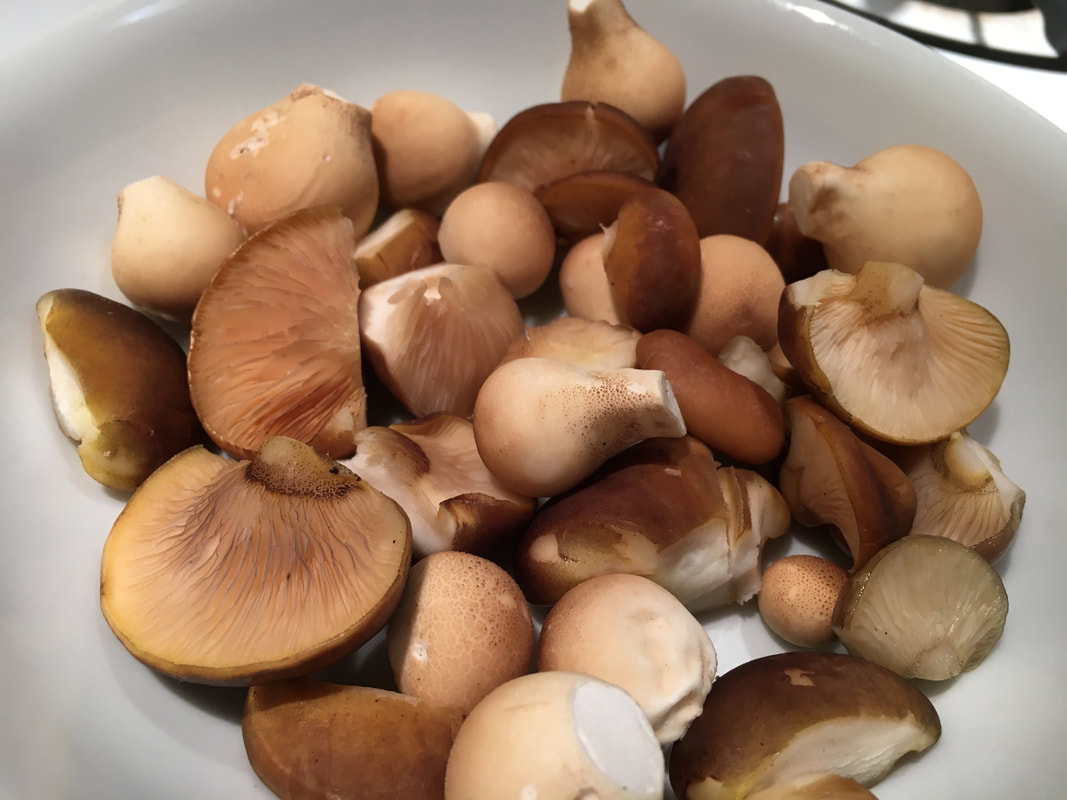

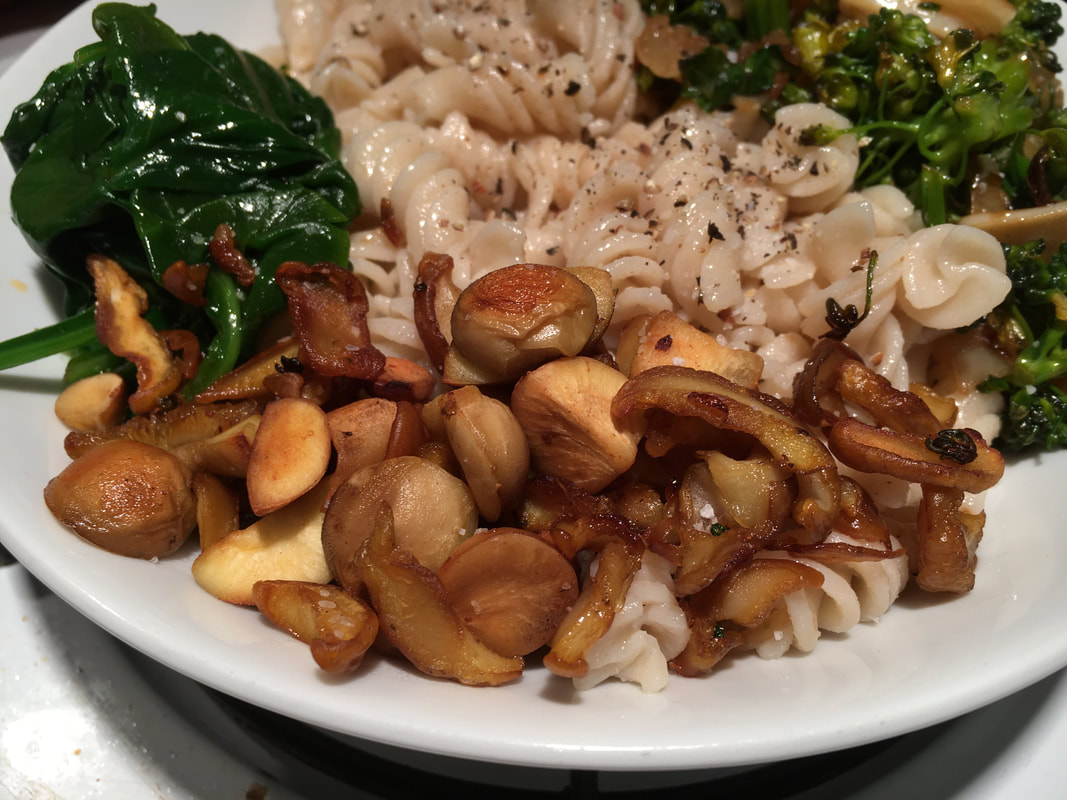
 RSS Feed
RSS Feed




